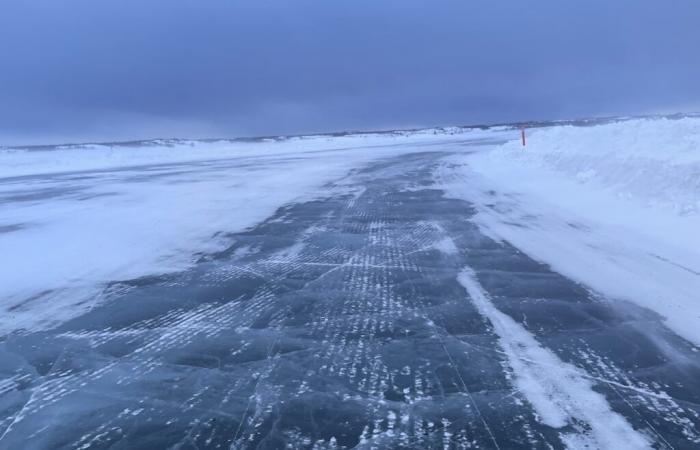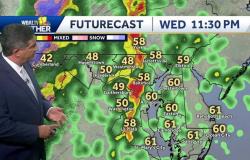Opposite of ‘El Nino’ brings colder-than-average temperatures due to cooler sea-surface temperatures
After a warm winter last year, there’s a chance the NWT could experience a much colder winter this time around.
La Nina, an environmental phenomenon which refers to the cooling of sea-surface temperatures across the east-central Equatorial Pacific, is part of pendulum effect with El Nino, Bill Merryfield, a climate research scientist with Environment and Climate Change Canada (ECCC) explained.
“An El Nino winter tends to bring winter warmth and often right into the spring to Western and Northwestern North America, so that includes (the) Northwest Territories,” Merryfield said. “Last winter, for example, there was a fairly strong El Nino, and that brought warmer than usual conditions.”
La Nina, he added, is pretty much the opposite.
“It will tend to bring colder than usual conditions to most of Northwestern North America,” said Merryfield.
For this winter, Merryfield said ECCC’s prediction models have been indicating there will most likely be a shift back to La Nina conditions and it would mark the fourth La Nina in the last five years, which is pretty unusual, he added.
In fact, it’s only happened once before, that being in 1950.
It doesn’t take much for it to be a colder-than-normal winter in ECCC’s eyes.
Merryfield explained its standard is about one degree in difference than the average temperature. In Yellowknife, during the months of January, February and March, it gets to be about -20 C on average,
“A degree doesn’t sound like a lot, but if you’re experiencing a colder or warmer-than-normal winter by that amount, it does tend to be fairly noticeable,” said Merryfield. “If there is a strong influence, which we don’t necessarily expect this winter, then that would be, I think, especially noticeable.”
Last year’s winter had a strong El Nino, said Merryfield, but how these phenomenon have been impacted by climate change is still the subject of much research.
“It’s not really certain how it’s influenced the ocean temperature patterns, but because of the general warming of the climate, and because a warmer atmosphere can hold more water vapour, those shifts in tropical rainfall are becoming more pronounced,” Merryfield explained.
He noted that current climate simulation models predict it will continue to become more pronounced in the future.
“That does suggest the global impacts of El Nino and La Nina may become more pronounced as the climate warms further, but those changes may not be easily detectable against the sort of normal ups and downs that occur as a result of El Nino and La Nina.”






